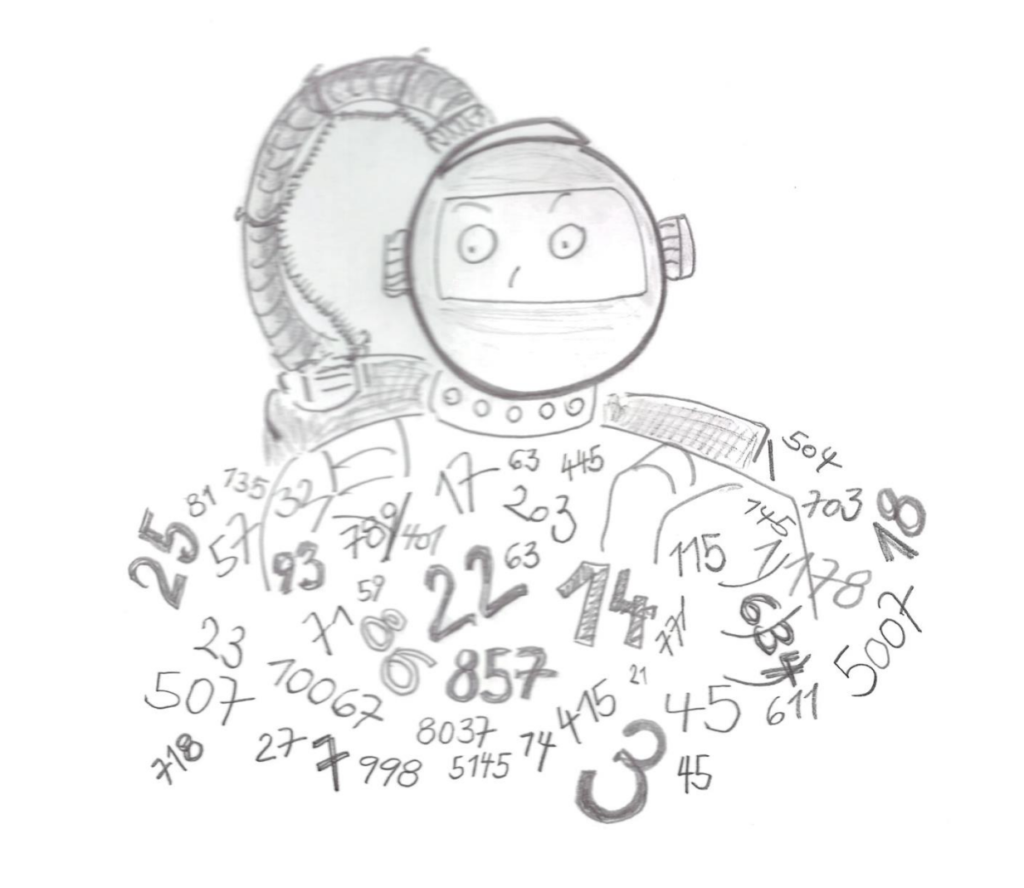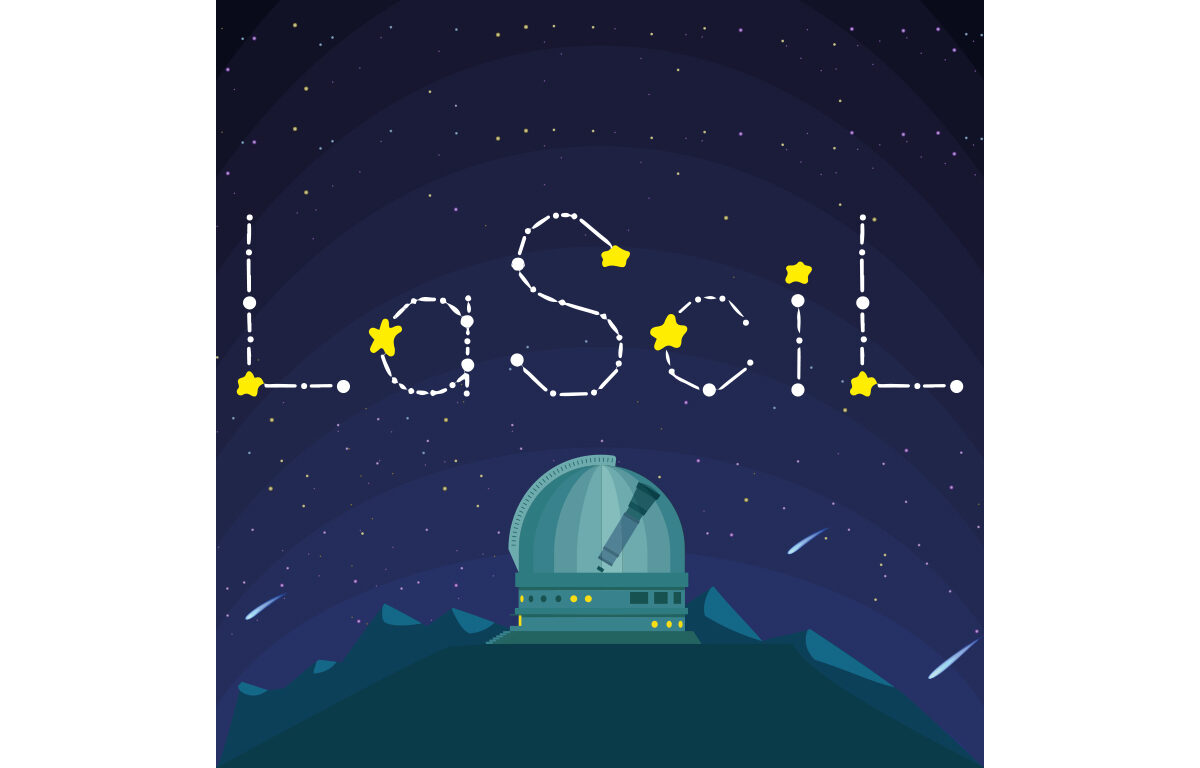
Access the full demonstrator in the Inspiring Science Education website. You can also download the PDF.
Being an astronaut means first and foremost: managing a lot of stress and making sense of the data you get! But who’s to decide? This is where all the astronaut training tests and experiments come in. You’ll learn how to make professional decisions in challenging circumstances! And along the way, you’ll learn how to collect, evaluate, analyze, and communicate data.
Primary and secondary level, the appropriate age level depends on the particular task (from the set of astronaut training tasks) and can be chosen flexibly.
3 hours (max.).
Create an educational framework with the goal to challenge our students and start the process of inquiry-based learning. The applicability of this approach extends to many subjects in the STEAM arena.
Cognitive Objectives
- Students know how to lay out data clearly. They can explain the advantages of a good data presentation.
- Students can analyze and interpret their own experiment.
- Students can find answers to their own questions.
- Students can decide which questions they are able to answer and which not.
- Students know the terms Median, interquartile range, box-whisker plot and outliers.
Affective Objectives
- Promoting group work.
- Students can appreciate a good presentation and well arranged data.
- Students work more clearly with data.
Psychomotor Objectives
- Students can present data clearly.
- Students can use a digital tool for data analysis.
- Students know how to draw a boxplot.
Soon.
Soon.
